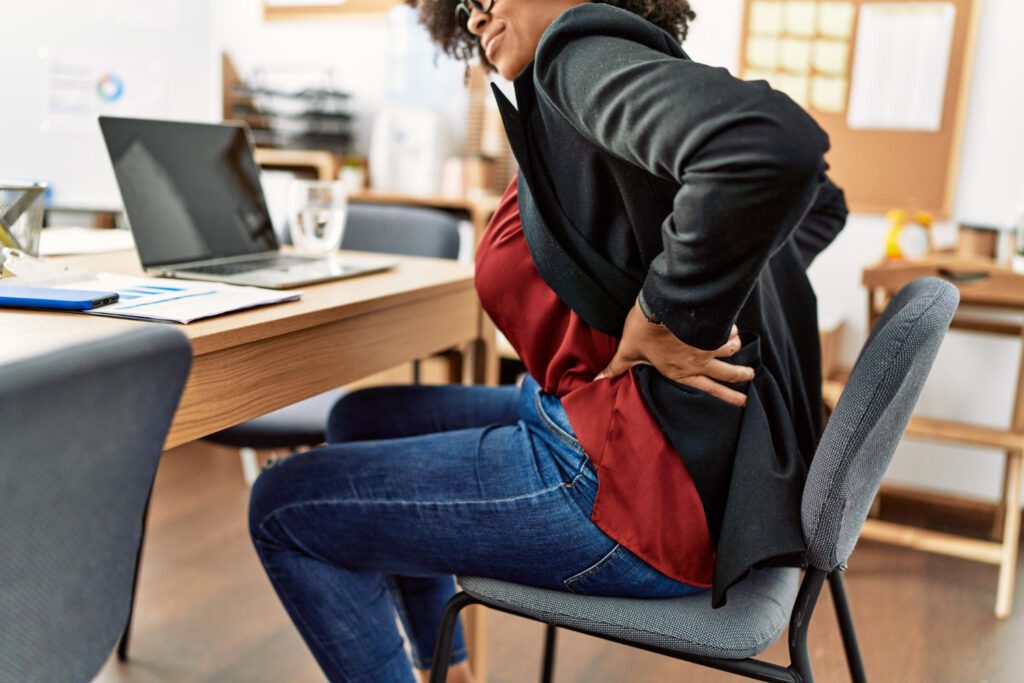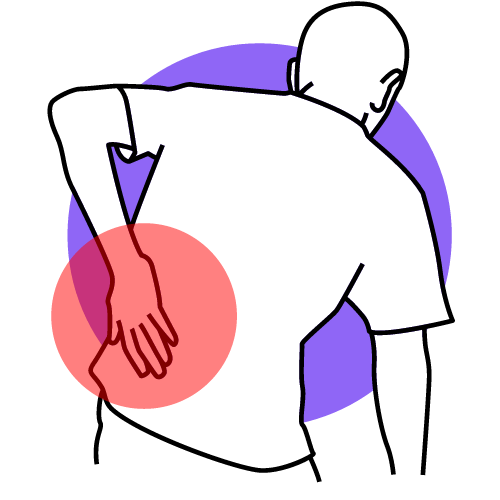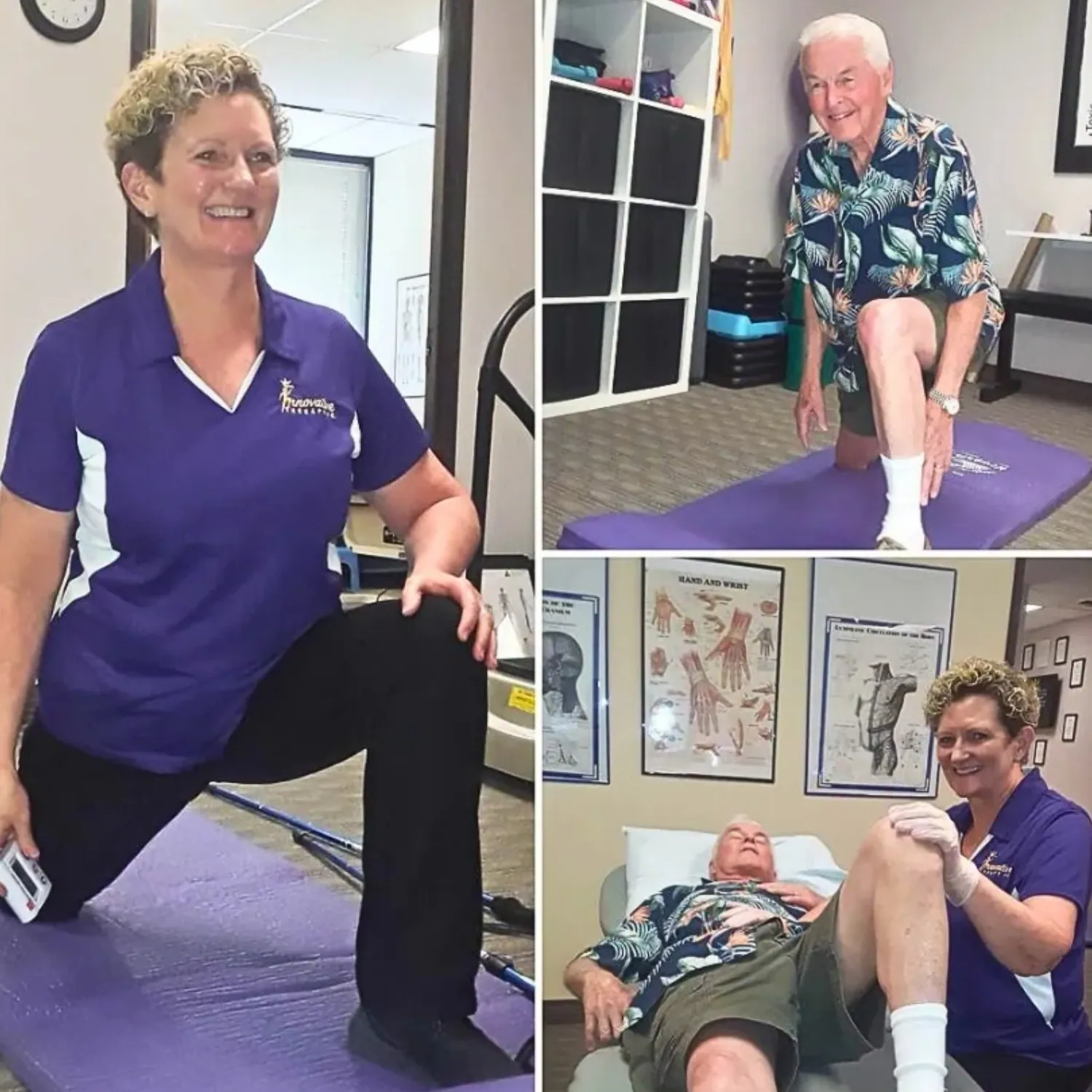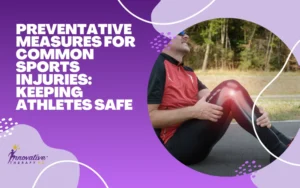Experiencing lumbar pain from lifting injuries can be debilitating, affecting multiple aspects of one’s life.
Addressing these issues promptly and effectively is vital to avoid long-term complications.
Physical therapy has proven to be an essential tool in reducing and managing back pain caused by lifting injuries.
This blog post will explore the most common lumbar injuries from lifting, the potential dangers of ignoring the pain, and the positive impact physical therapy can have on recovery and prevention.
Whether you are a weight lifter, athlete, or simply someone who has experienced a lifting injury, understanding the benefits of physical therapy in this context is critical for long-term well-being.
Key Takeaways:
- Proper lifting techniques are essential for reducing the risk of back injuries. Learning the correct way to lift heavy objects can significantly decrease the likelihood of experiencing back pain.
- Seeking physical therapy guidance can provide personalized instruction on how to raise correctly, as well as strengthening exercises to prevent future injuries.
- Utilizing ergonomic equipment and tools can further reduce the strain on your back when lifting heavy objects, minimizing the risk of injury.
- Regular stretching and strengthening exercises recommended by a physical therapist can help improve your overall back health and reduce the likelihood of future lifting injuries.
- Early intervention and treatment through physical therapy can help alleviate back pain from lifting injuries and improve your quality of life.
Understanding Back Pain and Lifting Injuries

Back pain is a common and often debilitating issue that many individuals face, especially those who frequently lift heavy objects or engage in strenuous physical activities.
Lifting injuries can lead to long-term pain and discomfort, impacting daily activities and overall quality of life.
Anatomy of the Spine and Musculature
Injuries to the spine and surrounding musculature can be excruciating and limiting.
The spine comprises vertebrae, spinal discs, and a network of muscles and ligaments that support the entire body.
When these structures are subjected to excessive force or improper lifting techniques, they can result in strains, sprains, herniated discs, and other painful conditions.
Common Causes for Lifting-Related Back Injuries
Any individual who lifts heavy objects without proper form and technique risks sustaining a lifting-related back injury.
Poor posture, repetitive lifting movements, and inadequate strength and flexibility in the back and core muscles are common contributing factors to these injuries.
Back injuries can also be caused by sudden, unexpected movements or twists while lifting, leading to acute pain and potential long-term damage.
Recognizing the potential risks and taking proactive measures to prevent lifting-related back injuries is essential.
Back pain, lifting injuries, proper form, technique, posture, strength, flexibility

Principles of Safe Lifting Techniques
Some of the most essential principles of safe lifting techniques include proper posture and alignment and strategies to minimize injury risk.
By practicing these principles, individuals can reduce the likelihood of experiencing lifting-related back pain and injuries.
Proper Posture and Alignment
Techniques for safe lifting begin with maintaining proper posture and alignment.
This involves keeping the spine in a neutral position, bending the knees to reach the object, and avoiding twisting while lifting.
Keeping the object close to the body and raising it with the legs rather than the back is also essential.
By following these techniques, individuals can reduce strain on the back muscles and prevent potential injuries.
Strategies to Minimize Injury Risk
Any lifting activity risks injury, but some strategies can help minimize this risk.
This includes assessing the object’s weight before lifting, asking for assistance when necessary, and using proper lifting equipment such as back braces or lift assists.
By implementing these strategies, individuals can reduce the likelihood of experiencing back pain and injuries while lifting heavy objects.
Proper posture and alignment and strategies to minimize injury risk are essential components of safe lifting techniques.
By maintaining a neutral spine, bending the knees, and using lifting equipment when necessary, individuals can reduce the risk of back pain and injuries associated with lifting activities.
Prioritizing safety and proper technique when lifting heavy objects is essential to avoid potential long-term health complications.
Physical Therapy for Back Pain Relief

Unlike other back pain relief methods, physical therapy offers a comprehensive approach to addressing the underlying causes of discomfort and injury.
Through targeted exercises, therapeutic interventions, and personalized evaluation, physical therapists can help individuals reduce back pain, improve mobility, and prevent future injuries.
Evaluation and Assessment by a Physical Therapist
Any individual seeking relief from back pain should begin by consulting with a physical therapist.
During the initial evaluation, the therapist will assess the individual’s posture, range of motion, strength, and any areas of discomfort.
This thorough assessment allows the therapist to identify the issues contributing to the back pain and develop a customized treatment plan.
Tailored Exercises and Therapeutic Interventions
To alleviate back pain, physical therapists prescribe tailored exercises and therapeutic interventions that address the individual’s specific needs.
These may include strengthening exercises to improve core stability, flexibility exercises to enhance range of motion, and manual therapy techniques to reduce muscle tension and improve alignment.
By targeting the root causes of back pain, these interventions can lead to long-lasting relief and improved function.
Tailored exercises and therapeutic interventions are essential for back pain relief in physical therapy.
Individuals can strengthen their muscles, improve their posture, and regain mobility through targeted interventions.
These personalized approaches are designed to address the unique needs of each individual, promoting long-term relief and reducing the risk of future injuries.

Preventive Measures and Lifestyle Adjustments
Not taking care of your body while performing everyday activities can lead to potential back injuries.
To prevent lifting injuries, it is essential to prioritize preventive measures and lifestyle adjustments.
Ergonomic Considerations at Home and Work
Preventive measures to reduce the risk of lifting injuries include ensuring that your home and work environments are set up ergonomically.
This means using proper lifting techniques, maintaining good posture, and using equipment or tools to help with heavy lifting.
At home, ensure that furniture, appliances, and objects are arranged to minimize the need for heavy lifting.
In the workplace, use adjustable desks and chairs and encourage the use of lifting aids such as dollies and hand trucks.
Importance of Core Strength and Flexibility
The importance of core strength and flexibility cannot be overstated when preventing lifting injuries.
A robust, flexible core allows for better support and stability while lifting heavy objects.
Incorporating exercises that target the core muscles, such as planks, deadlifts, and yoga, can significantly reduce the risk of back injuries.
Additionally, improving overall flexibility through stretching and regular exercise can help to maintain a healthy range of motion, reducing the likelihood of strain or injury while lifting.
It is essential to prioritize preventive measures and lifestyle adjustments to reduce the risk of lifting injuries.
This includes paying attention to ergonomic considerations at home and work and focusing on the importance of core strength and flexibility.
By incorporating these measures into your daily routine, you can ensure a safer and healthier approach to lifting and minimize the risk of back pain and injuries.
Remember, a little attention to these details can make a significant difference in your overall well-being.

FAQ – Lift Right, Feel Bright – Reducing Back Pain from Lifting Injuries with Physical Therapy
What is the Lift Right, Feel Bright program?
The Lift Right, Feel Bright program is a specialized physical therapy program designed to help individuals reduce back pain from lifting injuries. It focuses on teaching proper lifting techniques and strengthening exercises to prevent future injuries.
How common are lifting injuries that result in back pain?
Lifting injuries resulting from back pain are prevalent, especially among individuals who perform manual labor or work in industries requiring heavy lifting. It is estimated that over 80% of adults will experience back pain related to lifting injuries at some point in their lives.
What are the leading causes of back pain from lifting injuries?
Back pain from lifting injuries can be caused by various factors, including improper lifting techniques, overexertion, lifting heavy objects, and repetitive lifting motions. These factors can lead to muscle strains, sprains, and other soft tissue damage.
How can Lift Right, Feel Bright help to reduce back pain?
Lift Right, Feel Bright focuses on educating individuals about proper lifting techniques, body mechanics, and posture to minimize the risk of back injuries. Additionally, it includes a tailored physical therapy program to strengthen the muscles supporting the back and improve flexibility, reducing the likelihood of future injuries.
Who can benefit from the Lift Right, Feel Bright program?
The Lift Right, Feel Bright program benefits anyone who performs lifting tasks as part of their job or daily activities. This includes individuals in occupations such as construction, warehouse work, healthcare, and even those who lift heavy objects at home. It is also beneficial for anyone seeking to prevent or rehabilitate from back pain related to lifting injuries.
How long does it take to see results from the Lift Right, Feel Bright program?
The timeline for seeing results from the Lift Right, Feel Bright program will vary depending on the individual and the severity of their back pain. However, many participants report feeling improvement in their symptoms within a few weeks of starting the program, with continued progress as they build strength and improve their lifting techniques.
Is the Lift Right, Feel Bright program covered by insurance?
In many cases, health insurance plans that include physical therapy benefits cover the Lift Right, Feel Bright program. Our team can assist in verifying insurance coverage and coordinating the necessary authorizations to ensure that individuals can access the program with minimal financial burden.







One Response